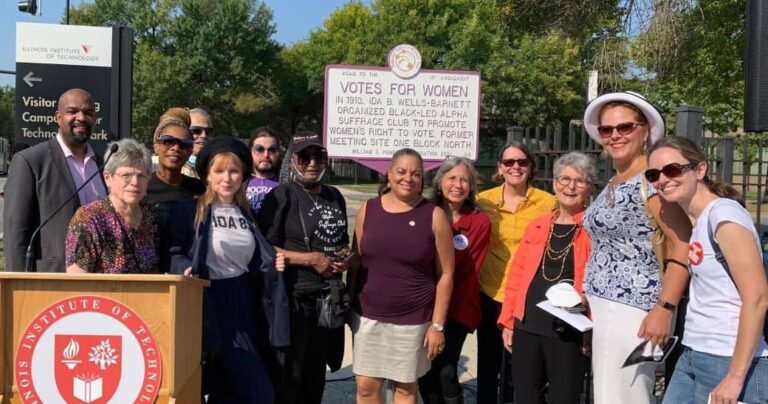Equal participation and leadership of women in political and public spheres are crucial for attaining the Sustainable Development Goals by 2030. However, data reveals that women are underrepresented at all levels of decision-making worldwide, and achieving gender parity in political life remains a distant goal.
Women in Executive Government Positions
As of January 10, 2024, only 26 countries have 28 women serving as Heads of State and/or Government. At the current rate, it will take another 130 years to achieve gender equality in the highest positions of power. Merely 15 countries have a woman Head of State, and 16 countries have a woman Head of Government.
Newly compiled data by UN Women show that women represent 22.8% of Cabinet members leading Ministries and policy areas as of January 1, 2023. Only 13 countries have women holding 50% or more of the positions of Cabinet Ministers leading policy areas. The most commonly held portfolios by women Cabinet Ministers are Women and gender equality, Family and children affairs, Social inclusion and development, Social protection and social security, and Indigenous and minority affairs.
Women in National Parliaments
Only 26.5% of parliamentarians in single or lower houses are women, a modest improvement from 11% in 1995. Just six countries have 50% or more women in parliament in single or lower houses: Rwanda (61%), Cuba (53%), Nicaragua (52%), Mexico (50%), New Zealand (50%), and the United Arab Emirates (50%). An additional 23 countries have reached or surpassed 40% of women in parliament.
Globally, there are 22 States in which women account for less than 10% of parliamentarians in single or lower houses, including one lower chamber with no women at all. At the current rate of progress, gender parity in national legislative bodies will not be achieved before 2063.
Women’s representation in parliaments varies across regions, with 36% of parliamentary seats in Latin America and the Caribbean, 32% in Europe and Northern America, 26% in sub-Saharan Africa, 22% in Eastern and South-Eastern Asia, 20% in Oceania, 19% in Central and Southern Asia, and 18% in Northern Africa and Western Asia.
Women in Local Government
Data from 141 countries show that women constitute more than 3 million (35.5%) of elected members in local deliberative bodies. However, only three countries have reached 50%, and an additional 22 countries have more than 40% women in local government.
Regional variations are evident in women’s representation in local deliberative bodies: Central and Southern Asia (41%), Europe and Northern America (37%), Oceania (32%), Eastern and South-Eastern Asia (31%), Latin America and the Caribbean (27%), sub-Saharan Africa (25%), and Western Asia and Northern Africa (20%).
Expanding Participation
Balanced political participation and power-sharing between women and men in decision-making is the internationally agreed target set in the Beijing Declaration and Platform for Action. While most countries have not achieved gender parity, gender quotas have substantially contributed to progress. In countries with legislated candidate quotas, women’s representation is five percentage points higher in parliaments and seven percentage points higher in local government compared to countries without such legislation.
Evidence suggests that women’s leadership in political decision-making processes improves them. For instance, research on panchayats (local councils) in India found that the number of drinking water projects in areas with women-led councils was 62% higher than in those with men-led councils. In Norway, a direct causal relationship was found between the presence of women in municipal councils and childcare coverage.
Women demonstrate political leadership by working across party lines through parliamentary women’s caucuses—even in politically combative environments—and by championing issues of gender equality, such as eliminating gender-based violence, parental leave and childcare, pensions, gender-equality laws, and electoral reform.







One Comment